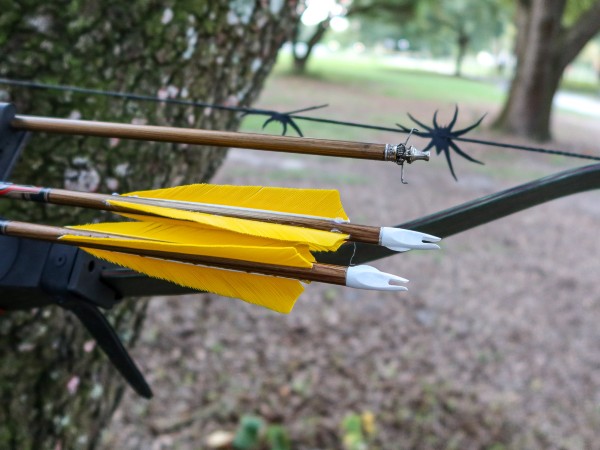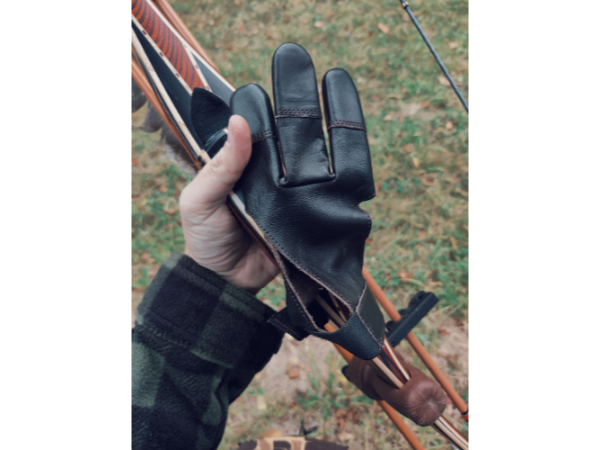Shooting game animals is no small responsibility. The future of our shooting sports ultimately will be judged on our ability to make clean kills in the name of wildlife management. I was part of the 1950s and ‘60s, when a deer gun was a lever or pump action for numerous fast shots at running animals and archery heroes were shooting 40 to 70 yards at moving game.
For the sake of our sport, those days must be over and done with. Game managers and wildlife-impacted landowners have to believe that we, the shooting sports fraternity, are humane wildlife harvesters that utilize our kills to the fullest. That is the way it is. There are no arguments. We don’t want to be excluded from public or private lands, nor do we wish to see our sport disappear at the pull of a voting machine lever.
So to that end, let’s do some math. I’m not a mathematician, but I believe the two-dollar, sun-powered pocket calculator on my desk has done a fine job. Please read slowly and follow patiently.
Let’s first take a quick look at a world-class sprinter. For the sake of comparison with speed we have all seen and round figures, we are going to use the 10-second, 100-yard dash as our time and distance standard.
- 100 yards = 300 feet = 3,600 inches
- 3,600 inches in 10 seconds = 360 inches in one second = 36 inches in 1/10 second.
Keep that final figure of 36 inches in 1/10 second in your mind. Leonard Lee Rue III states in his well-researched book, “The Deer of North America” that a whitetail deer will run at between 35 and 40 miles per hour. The following figures are for the lower speed.
- 5,280 feet to a mile x 35 miles per hour = 184,800 feet an hour.
- 184,800 feet an hour divided by 60 minutes = 3,080 feet a minute
- 3,080 feet x 12 inches =36,960 inches
- 36,960 inches a minute divided by 60 seconds = 616 inches a second
- 616 inches a second divided by 1/10th of a second = 61.6 inches.
In this sport, our arrow speed tops out at under 300 feet per second, as it should be. Therefore:
- An arrow travels 300 feet x 12 inches = 3,600 inches a second
- 3,600 inches a second divided by 1/10 second = 360 inches
- The arrow covers 30 feet, that’s just 10 yards, in a tenth of a second.
Giving you the benefit of the doubt, let’s assume your reaction time turning the arrow loose at “The Moment” is equal to the deer’s reaction time at that same moment. In the time it takes your arrow to go 10 yards the deer will, if running flat out, have covered a little over five feet. At 20 yards the deer will have moved more than 10 feet. That’s why we bowhunters need to no longer shoot at running deer.
Even a deer walking 10 times slower than a full run will cover more than six inches. Imagine where you aim and how far back your arrow will strike if it is six inches back at 10 yards. You may get lucky and catch the rear of the vitals; maybe not. At 20 yards that hit is a foot back and out of the goodies into the green. At 30 yards it becomes intestines or hams. At 40 yards you probably miss and the rifle hunter is an inch behind his aim point, all things considered.
Head down reaching for an acorn, a deer can easily move a foot forward in the time it takes an arrow from our traditional bows to cover 20 yards. All bowhunting is a “the closer the better” type sport with shots only taken at high percentage angles at unsuspecting animals. Anything less and you are risking the very existence of our sport.







Good one, Bob. I’m an engineer. That’s a fact, not a confession. I naturally prefer to quantify things, test assumptions – all that stuff – but even more so when it comes to vital issues like not sending a wounded animal off into the woods to die slowly. Your maths are not intended to guide a projectile to a moving target – but hopefully even a damn fool can get the message,